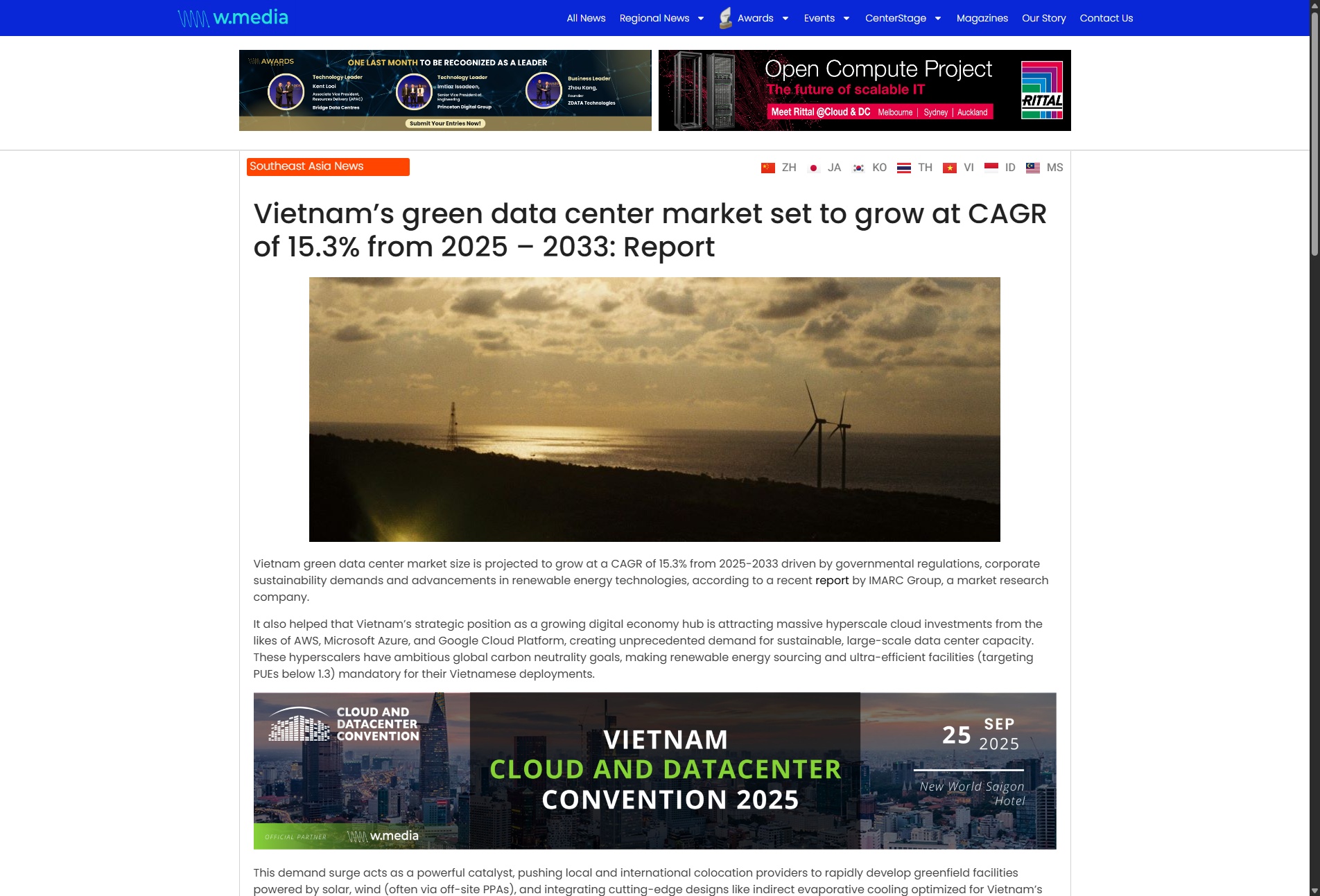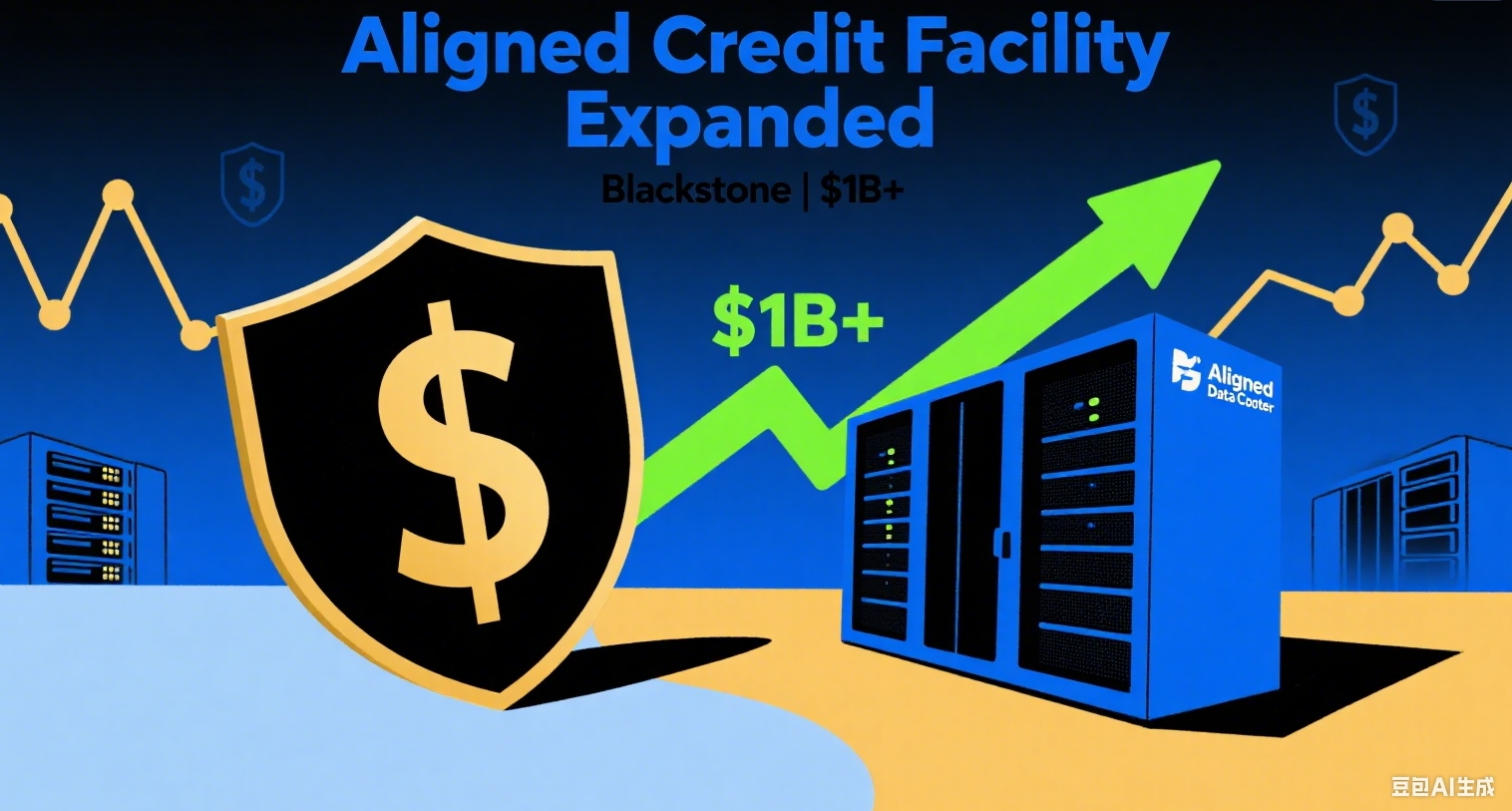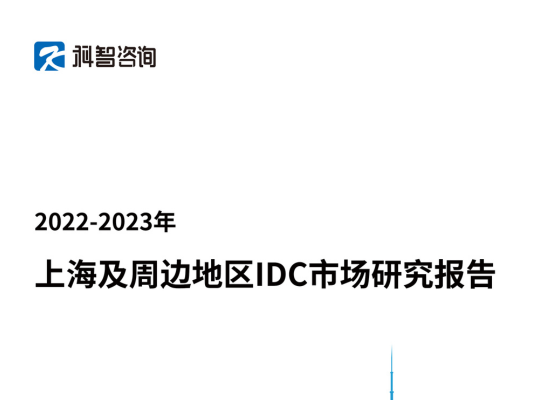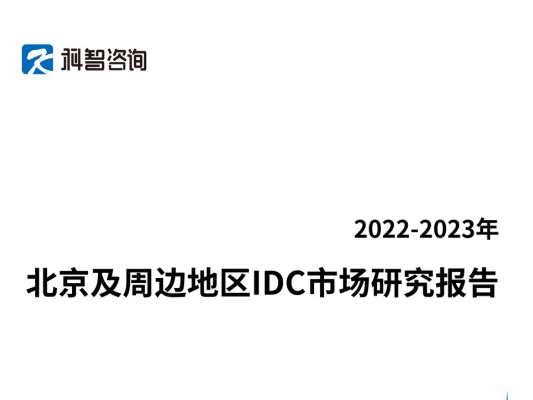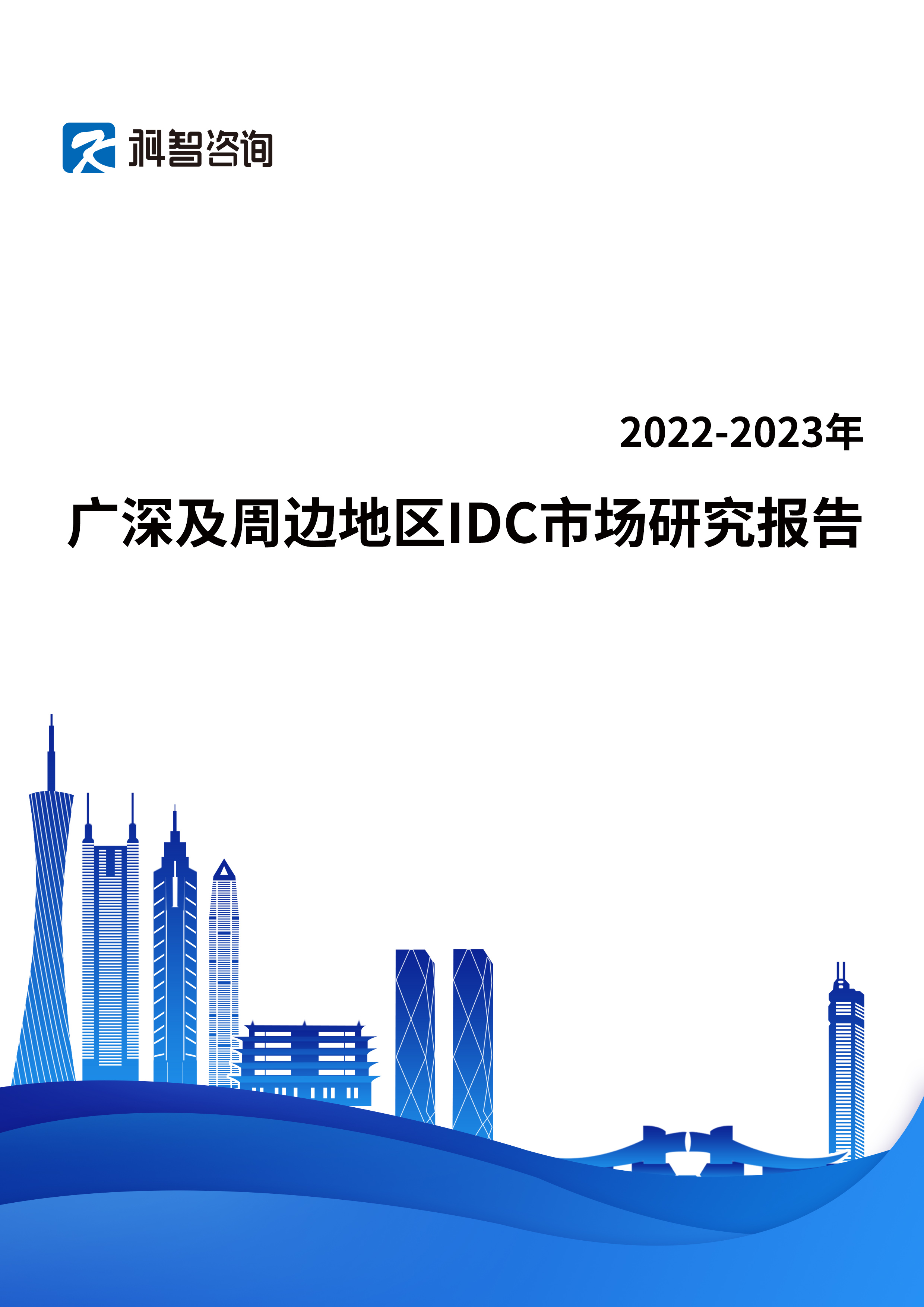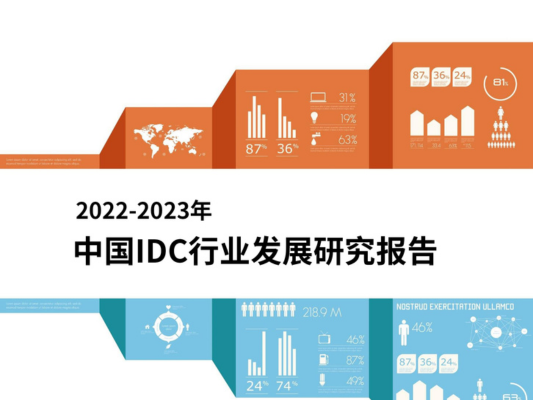Vietnam green data center market size is projected to grow at a CAGR of 15.3% from 2025-2033 driven by governmental regulations, corporate sustainability demands and advancements in renewable energy technologies, according to a recent report by IMARC Group, a market research company.
It also helped that Vietnam’s strategic position as a growing digital economy hub is attracting massive hyperscale cloud investments from the likes of AWS, Microsoft Azure, and Google Cloud Platform, creating unprecedented demand for sustainable, large-scale data center capacity. These hyperscalers have ambitious global carbon neutrality goals, making renewable energy sourcing and ultra-efficient facilities (targeting PUEs below 1.3) mandatory for their Vietnamese deployments.
This demand surge acts as a powerful catalyst, pushing local and international colocation providers to rapidly develop greenfield facilities powered by solar, wind (often via off-site PPAs), and integrating cutting-edge designs like indirect evaporative cooling optimized for Vietnam’s tropical climate. The sheer scale of hyperscale requirements accelerates the adoption of industrial best practices in green construction and operations, raising the bar for the entire market.
Furthermore, the growth of domestic digital services, fintech, and e-commerce platforms also increasingly prioritizes sustainable hosting, creating a robust secondary market for green colocation and wholesale space beyond the hyperscalers themselves, noted the report.
Another favourable factor is the cost advantage – the rapid maturation and decreasing cost curves of key green technologies are making sustainable data center operations economically compelling in Vietnam, beyond just regulatory compliance. Innovations in liquid cooling (especially direct-to-chip and immersion for high-density AI/GPU workloads), AI-driven DCIM for predictive optimization, and highly efficient modular UPS systems significantly reduce Power Usage Effectiveness (PUE) and Water Usage Effectiveness (WUE).
At the same time, the levelized cost of energy (LCOE) for utility-scale solar and wind in Vietnam is now competitive or lower than grid electricity in many regions, especially considering the country’s rising retail power prices and inherent grid instability risks. This economic tipping point incentivizes significant investments in on-site solar generation (rooftop and ground-mounted), large-scale off-site renewable Power Purchase Agreements (PPAs), and advanced battery energy storage systems (BESS) to ensure resilience and maximize renewable utilization. The integration of these technologies is transforming green data centers from premium offerings to the most operationally resilient and cost-effective long-term solution, particularly as energy costs constitute a dominant portion of total operational expenditure, said the report.
Vietnam’s Power Development Plan VIII (PDP8) explicitly targets carbon neutrality by 2050, compelling high-energy consumers like data centers to adopt renewables and enhance efficiency significantly. Concurrently, the draft Data Center Decree signals forthcoming stringent energy efficiency standards, potentially mandating specific Power Usage Effectiveness (PUE) thresholds.
Beyond compliance, multinational corporations and domestic enterprises are embedding Environmental, Social, and Governance (ESG) criteria deeply into procurement policies. Meeting Scope 3 emissions targets for clients necessitates operators to procure renewable energy, often through nascent but growing Direct Power Purchase Agreement (DPPA) frameworks and on-site solar installations.
This regulatory and ESG convergence creates a non-negotiable environment where green credentials are transitioning from a competitive advantage to an absolute market entry requirement, accelerating investments in renewable procurement strategies, advanced cooling technologies, and energy management systems. The pressure is further amplified by international investors increasingly scrutinizing the carbon footprint of digital infrastructure assets, the report concluded.

